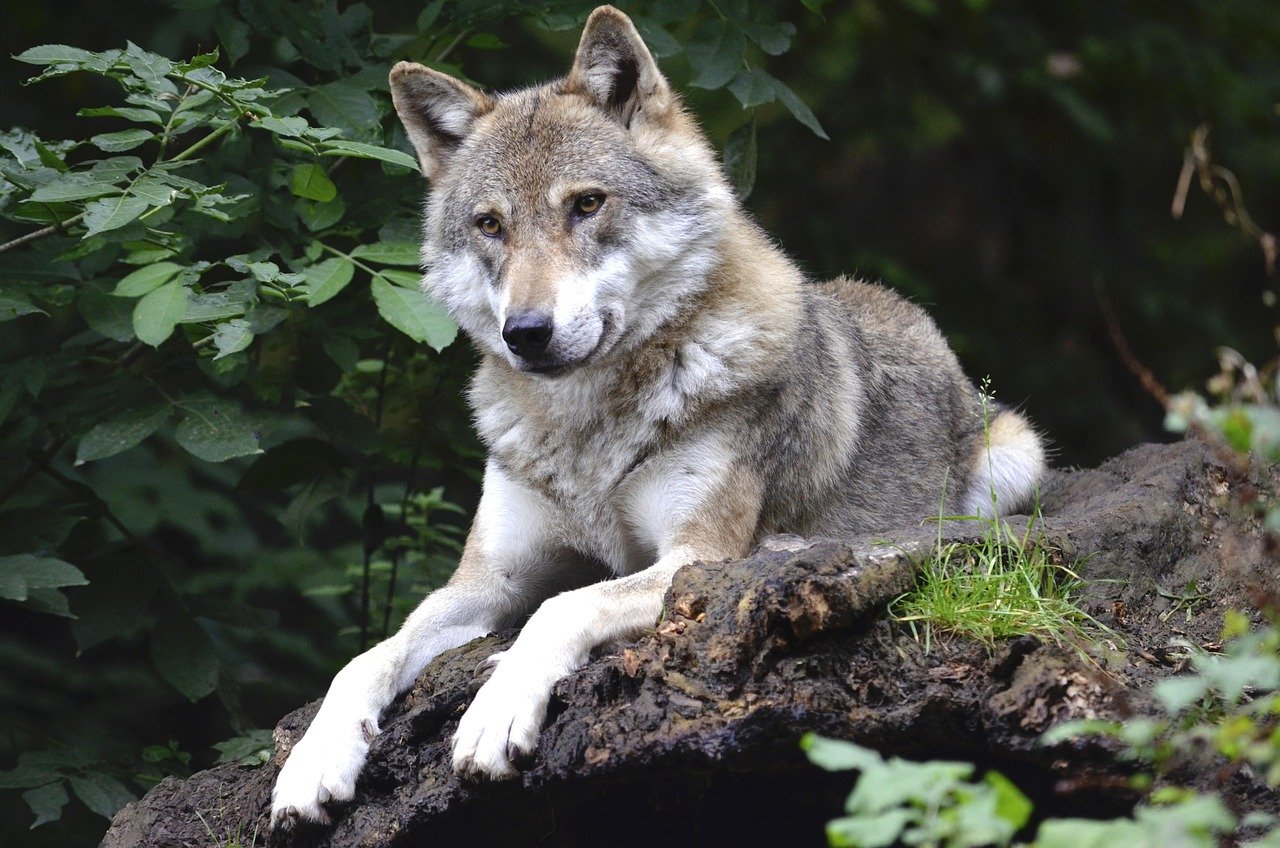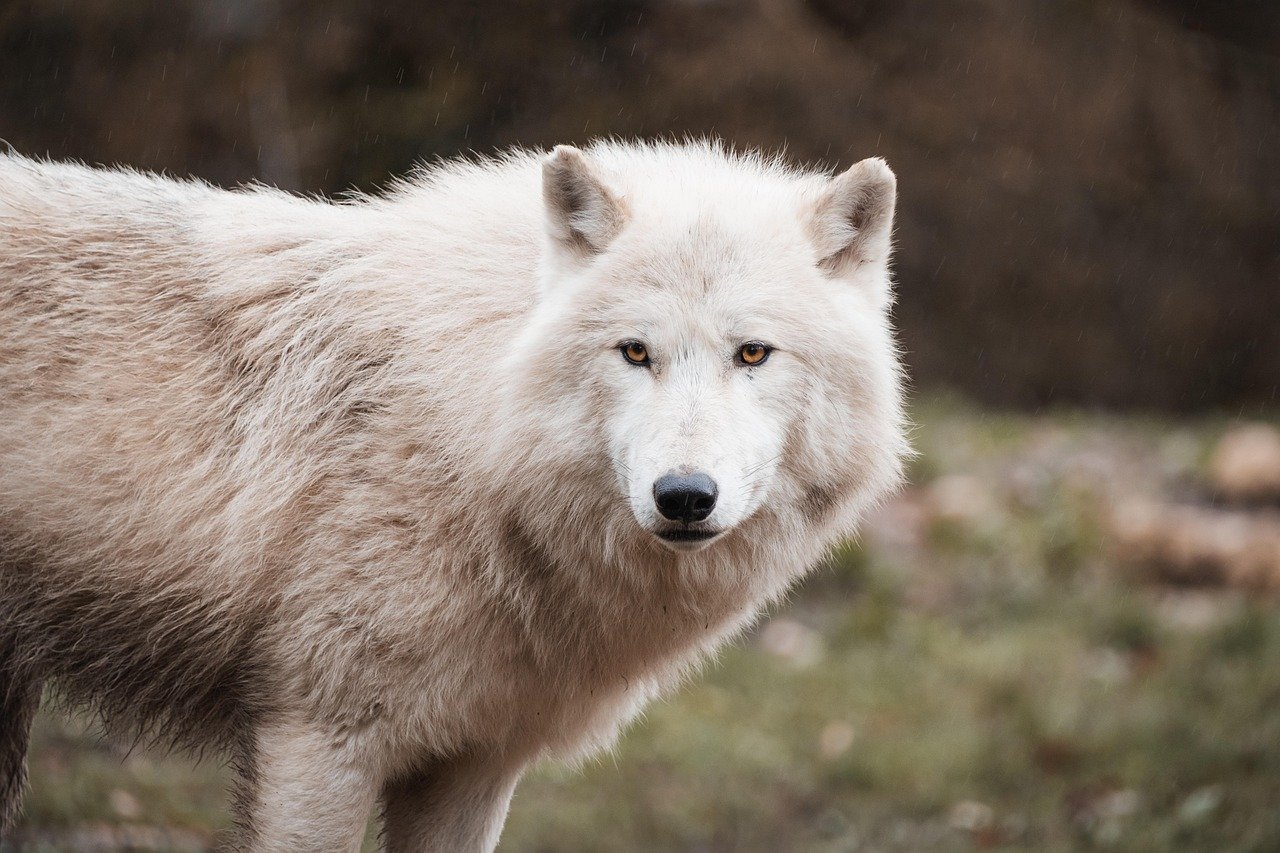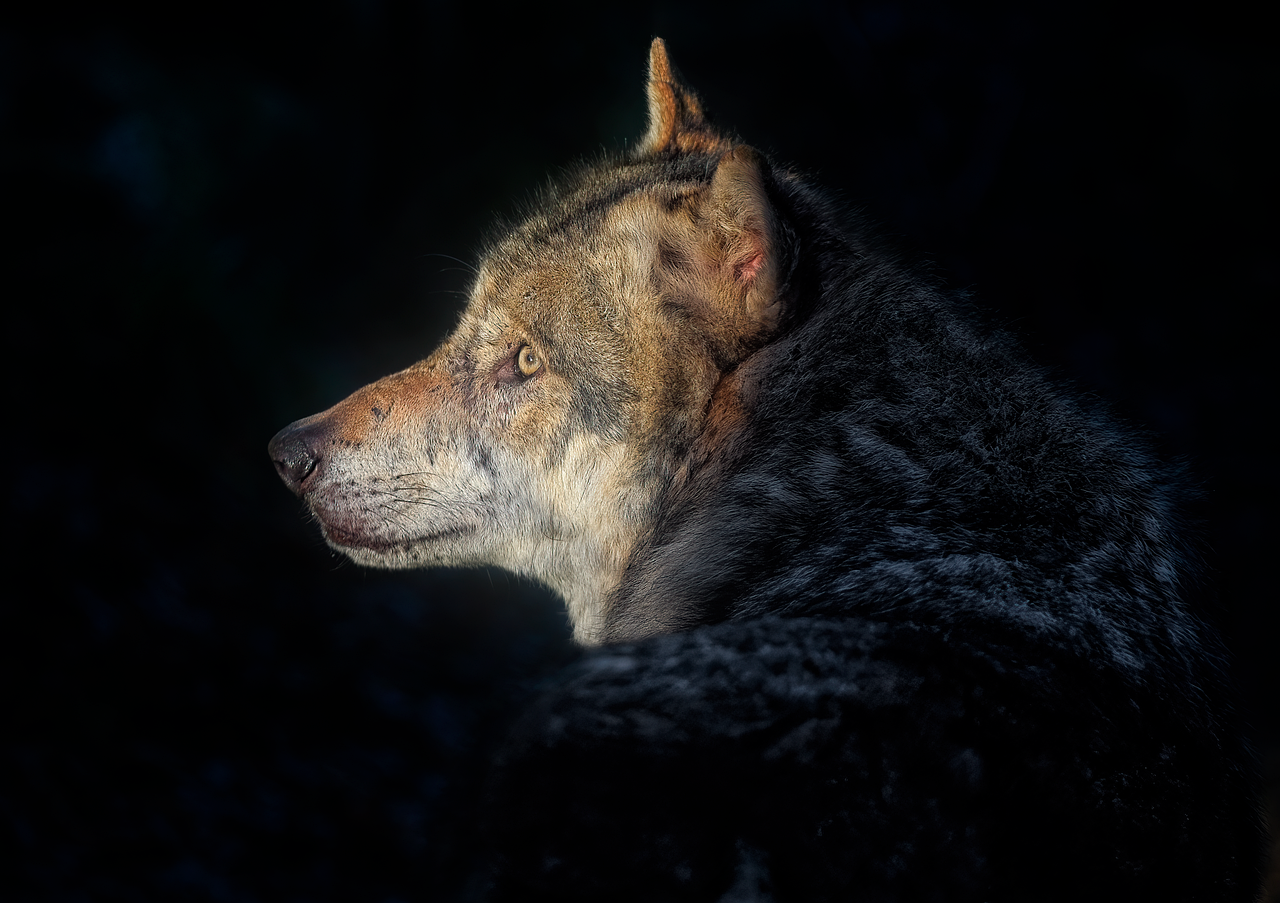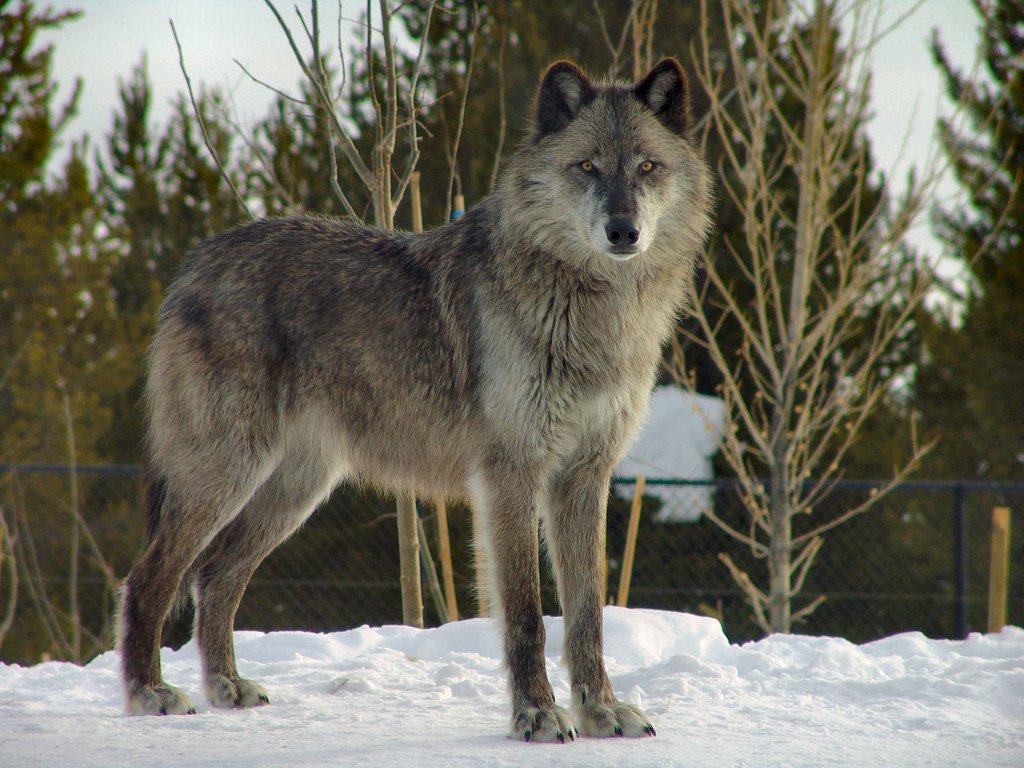Have you ever heard a wolf howl in the wild? It’s haunting, thrilling, and a little bit magical. Wolves have roamed the American landscape for thousands of years, captivating our imagination and inspiring legends. Yet, their very existence has hung by a thread for most of modern history. Today, the fight to protect these iconic creatures is about so much more than just saving one animal—it’s about preserving a piece of our wild heritage, maintaining ecological balance, and facing tough questions about our own place in nature. For animal lovers and anyone who values the wonder of the wild, the story of wolf conservation is both heartbreaking and deeply inspiring.
The Role of Wolves in Ecosystems

Wolves are more than just top predators—they are the heartbeat of the ecosystems they inhabit. When wolves thrive, they help control deer and elk populations, preventing overgrazing and protecting delicate plant life. This ripple effect benefits a whole array of animals and plants, from songbirds to beavers. For example, when wolves returned to Yellowstone National Park, they set off a chain reaction that revived rivers, forests, and even brought back other species that had disappeared. It’s almost like nature’s own version of fixing a leaky faucet—once the wolves were back, everything began to flow the way it was supposed to.
Without wolves, ecosystems can quickly fall out of balance. Prey animals multiply, eat too much vegetation, and soon entire landscapes can be transformed for the worse. This isn’t just a problem for animals; it can hurt humans too, as healthy forests and streams help prevent erosion, filter water, and even support local economies. Wolves act like nature’s janitors, quietly keeping things tidy and making sure everyone else can thrive.
Wolves as a Symbol of the Wild

Wolves have always been symbols of the untamed wilderness. Their haunting howls echo through our stories, movies, and even fairy tales. For many, wolves represent freedom, resilience, and the mysterious beauty of the wild places that still exist. Losing them would be like erasing a living piece of American history—a chapter that many people aren’t ready to close.
This symbolic power has made wolves a rallying point for conservationists and animal lovers across America. People travel from all over the world just to catch a glimpse or hear a wolf in the wild. There’s something deeply moving about knowing these creatures are out there, running through forests and across snowy plains. Saving wolves means holding on to the wildness that makes America’s landscapes so special.
The History of Wolf Populations in America

Not too long ago, wolves were everywhere in North America. But as settlers spread out, fear and misunderstanding led to widespread hunting and trapping. By the early twentieth century, wolves had vanished from most of the lower 48 states, pushed to the brink of extinction by bounty programs and relentless persecution. It’s a chapter in American history that animal lovers find especially painful.
It’s only in recent decades that wolves have begun to make a comeback, thanks to dedicated conservation efforts and changing attitudes. Reintroduction programs, like the famous one in Yellowstone, have given wolves a second chance—but their future is far from certain. Every step forward has been met with new challenges, from habitat loss to political battles over their protected status. The story of wolves in America is still being written, and it’s up to all of us to decide how it ends.
Biodiversity and the Importance of Predators

Predators like wolves are essential for maintaining biodiversity. They keep prey populations in check, which in turn supports a wide range of plant and animal life. When wolves disappear, biodiversity takes a hit. Plants are overgrazed, other predators become more common, and the balance of nature gets thrown off. It’s a bit like removing the conductor from an orchestra—the whole symphony falls apart.
Wolves’ influence goes far beyond their immediate prey. By shaping the landscape, they create habitats for countless other species. Birds, insects, fish, and small mammals all benefit when wolves are present. Their presence is a sign of a healthy, functioning ecosystem. If you love animals, saving wolves is about saving the entire web of life they help support.
Economic Benefits: Tourism and Beyond
Wolves bring in more than wonder—they bring in dollars. Wildlife tourism is a growing industry in places like Montana, Wyoming, and Idaho, where wolf watching has become a major draw. People are willing to travel hundreds, even thousands of miles, just for a chance to spot a wolf or hear its howl. This tourism pumps money into rural communities, supporting jobs and small businesses.
But the economic benefits don’t end there. Healthy ecosystems, maintained by predator populations like wolves, help keep water clean, forests healthy, and soil fertile. These natural services are worth billions each year. Protecting wolves isn’t just good for the environment—it’s good business.
Challenges Facing Wolf Conservation
Despite their importance, wolves face serious threats. Habitat loss, illegal hunting, and political debates over their protected status make their future uncertain. Some people still see wolves as pests or threats to livestock, fueling ongoing conflicts between conservationists and ranchers. Laws protecting wolves can change quickly, shifting with the political winds.
Another big challenge is misinformation. Myths about wolves often paint them as dangerous killers, when in reality they tend to avoid humans. These misconceptions can make it difficult to build support for conservation efforts. Fighting for wolves means fighting against fear and misunderstanding, as well as real-world dangers.
Wolves and American Culture

Wolves have a special place in American culture. For Native American tribes, wolves are often seen as teachers or spiritual guides, symbols of strength and loyalty. Their stories are woven into the fabric of indigenous traditions, reminding us of a time when humans and animals were more closely connected. Losing wolves means losing part of this cultural heritage.
Even in modern pop culture, wolves capture our imagination. From movies and books to sports teams and artwork, the wolf’s image is everywhere. They remind us of our wild roots, and of a world that isn’t entirely tamed. Protecting wolves is a way of honoring these deep cultural connections that stretch back generations.
The Science of Wolf Conservation

Researchers have learned a lot about wolves over the past few decades. Tracking packs, studying their habits, and seeing how they affect ecosystems has given scientists a new appreciation for their complexity. Wolves form close family bonds, communicate with an array of sounds, and even mourn lost pack members. They’re not just predators—they’re intelligent, social animals with rich lives.
Science has also shown that reintroducing wolves can have dramatic positive effects. In Yellowstone, for example, the return of wolves led to healthier streams, more trees, and a boom in wildlife diversity. These real-world examples provide strong evidence that wolf conservation works, making it even harder to ignore the need for protection.
The Future of Wolves in America

The future of wolves in America depends on the choices we make today. With climate change and habitat loss on the rise, wolves need large, connected wild spaces to survive. Conservationists are working to create wildlife corridors and protect critical habitats, but these efforts need broad public support. Every voice matters, especially when it comes to influencing policy and funding.
If wolves are to thrive, we must find ways to coexist. This means supporting ranchers who use non-lethal methods to protect livestock, and educating the public about the benefits wolves bring. The path forward won’t always be easy, but the rewards—a wilder, more balanced natural world—are well worth the effort.
How Individuals Can Help

You don’t have to be a biologist or a park ranger to make a difference for wolves. Ordinary people can support conservation in many ways, from donating to organizations that protect wildlife to speaking out for science-based policies. Even sharing accurate information about wolves with friends and family helps counteract myths and build understanding.
Volunteering at wildlife centers, participating in citizen science projects, or simply spending time in nature can deepen your connection to the wild world. Every action, no matter how small, adds up. For animal lovers, standing up for wolves is one of the most meaningful ways to show you care about the future of the planet.
The Emotional Impact of Losing Wolves
Imagine a world where the forests are silent, where the howl of a wolf is nothing but a memory. For many animal lovers, the idea is almost unbearable. Wolves inspire awe, curiosity, and sometimes even fear—but above all, they remind us that we’re not alone on this planet. Their presence touches something deep inside us, connecting us to the wild places that still exist.
The loss of wolves would be a loss for everyone, not just other animals. It would mean saying goodbye to a piece of our own story, and to the hope that wildness can still survive in a rapidly changing world. For those who have heard a wolf’s howl in the wild, or even just dreamed of it, the importance of conservation is impossible to ignore.
Wolf conservation in America is about more than protecting a single species—it’s about preserving the delicate balance of entire ecosystems. As apex predators, wolves play a vital role in maintaining healthy populations of prey and supporting biodiversity. Their presence—or absence—has ripple effects that reach far beyond what we see. By safeguarding wolves, we’re also honoring the wild landscapes they help shape and ensuring that future generations can experience a richer, more complete natural world. Conservation isn’t just an environmental responsibility—it’s a commitment to coexistence.

Andrew Alpin from India is the Brand Manager of Doggo digest. Andrew is an experienced content specialist and social media manager with a passion for writing. His forte includes health and wellness, Travel, Animals, and Nature. A nature nomad, Andrew is obsessed with mountains and loves high-altitude trekking. He has been on several Himalayan treks in India including the Everest Base Camp in Nepal.






